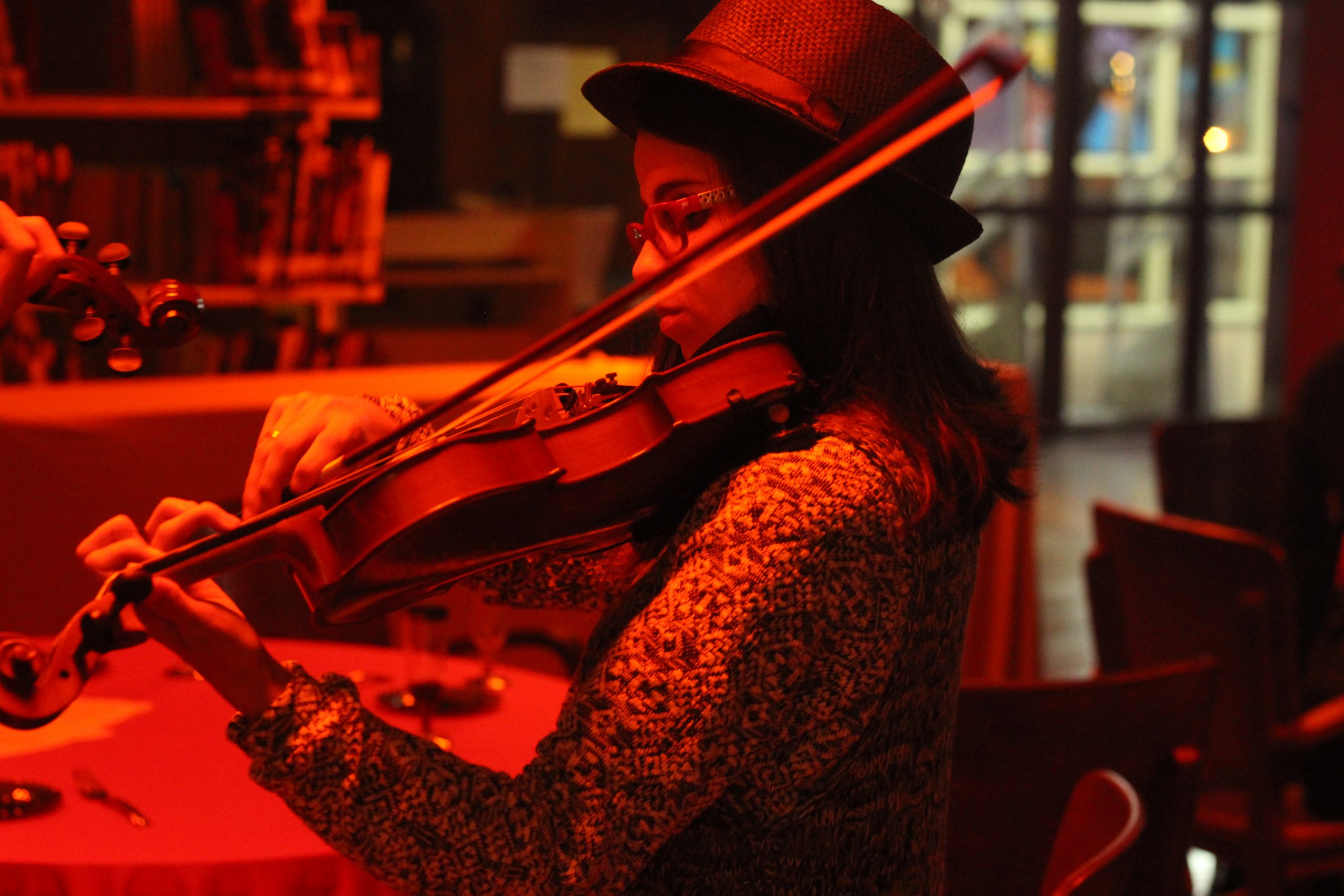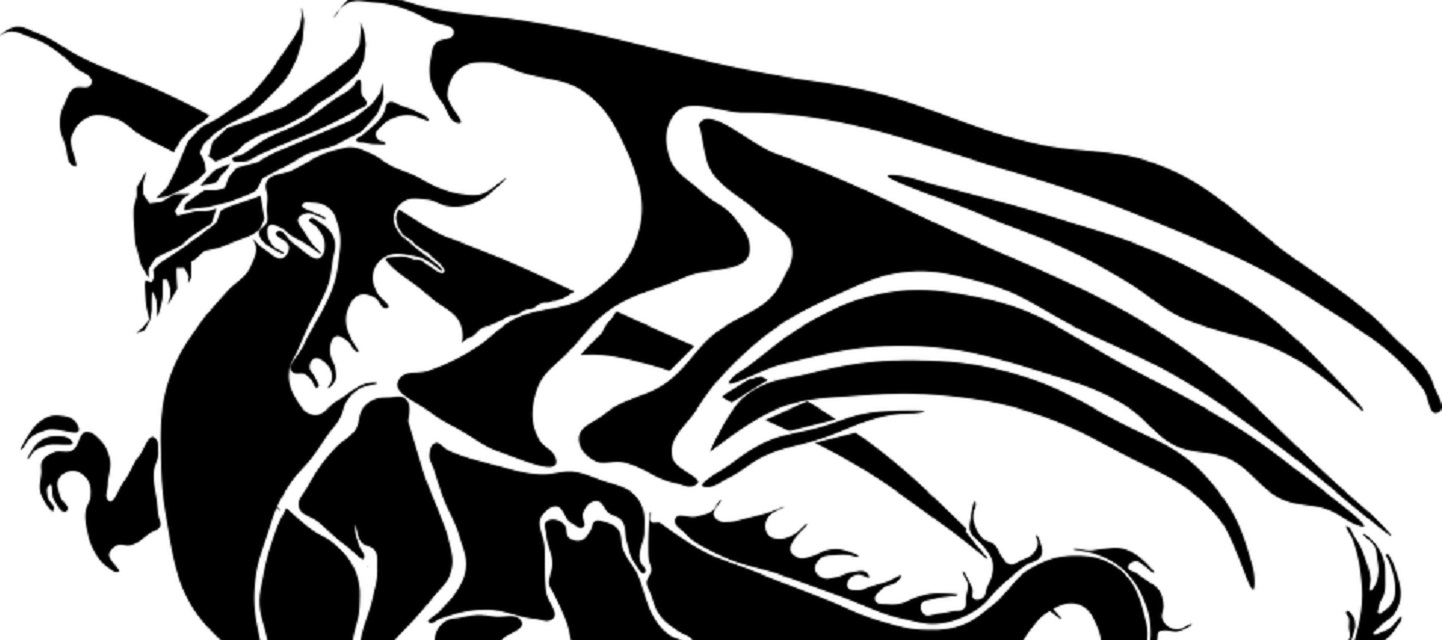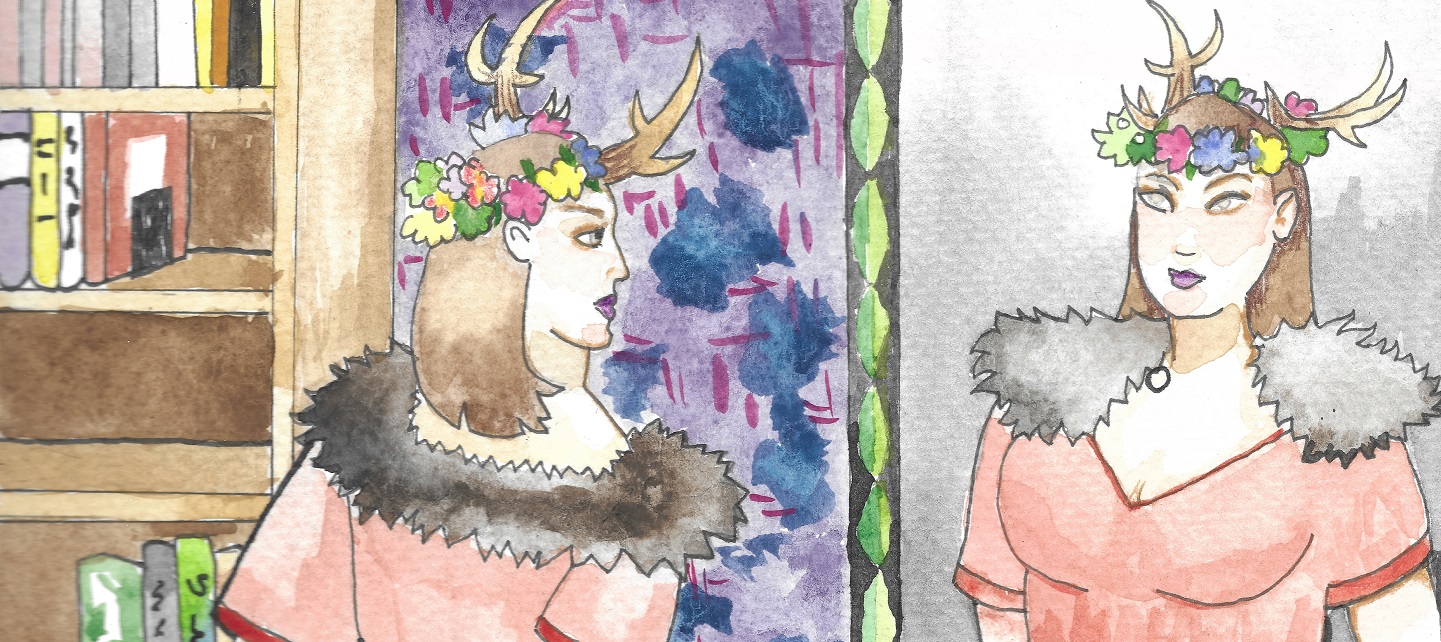Category: Knutepunkt 2021
-

The Use of Music as a Magical Element for the Larp Experience
The experiences and thoughts of the Brazilian group Confraria des Ideias on the use of music as an element in larp design.
-

Magic To Fight Monsters: Larp as a spell for claiming my spaces
A guide to some of the monsters that non-binary adventurers encounter when they larp – and spells for how to deal with them.
-

Le Jean-Michel Douchebag Technique
Le Jean-Michel technique is the ultimate secret weapon to develop the confidence of a mediocre cis man.
-

Why Larp Community Matters and How We Can Improve It
There are some activities that can, and as far as possible should, be taken by individuals to help improve the larp community as a whole.
-

An Invitation
This is your invitation to magic. To visit magic. To return to magic, again and again.
